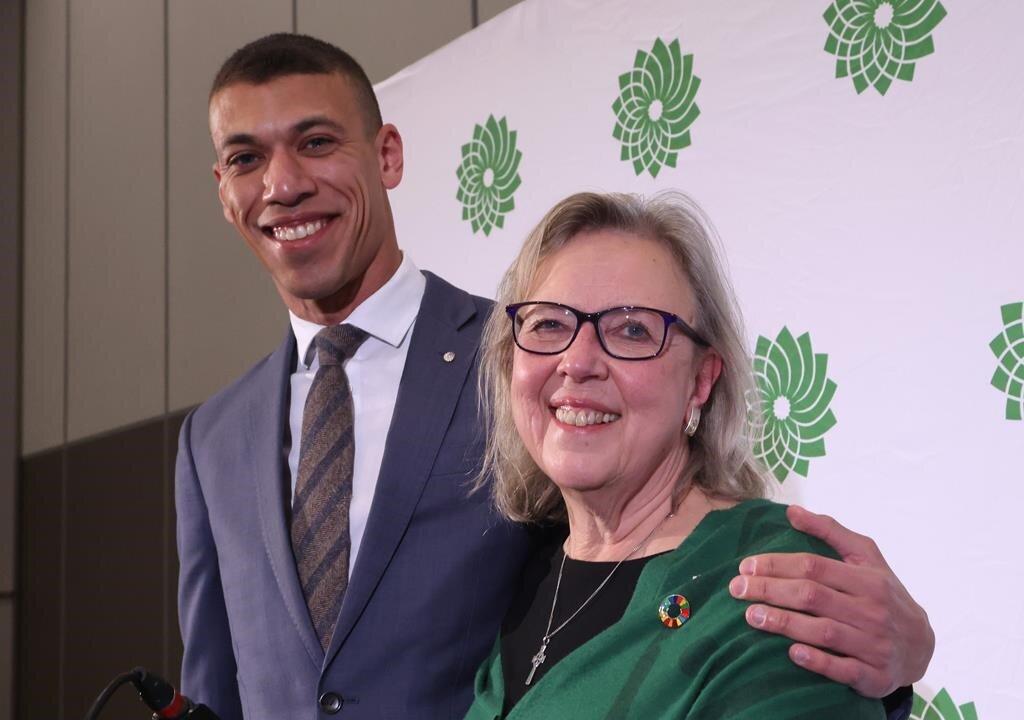Pierre Poilievre is rallying big crowds in pursuit of the Conservative leadership, and analysts say it augurs well for both the candidate and the party come the next federal election. However, some say numbers at rallies aren’t the only factor in determining who will emerge the victor at the end of a very crowded leadership race.
Crowds have thronged to see Poilievre while campaigning. He rallied hundreds in Ottawa April 1 as he announced his opposition to the carbon tax, which increased that day. On April 2 in Winnipeg, the Carleton, Ont., MP filled a room of 600 as well as an overflow room, with some left waiting outside. The next day, Poilievre drew 1,000 people at the fairgrounds in Lindsay, a central Ontario town of 20,000.





